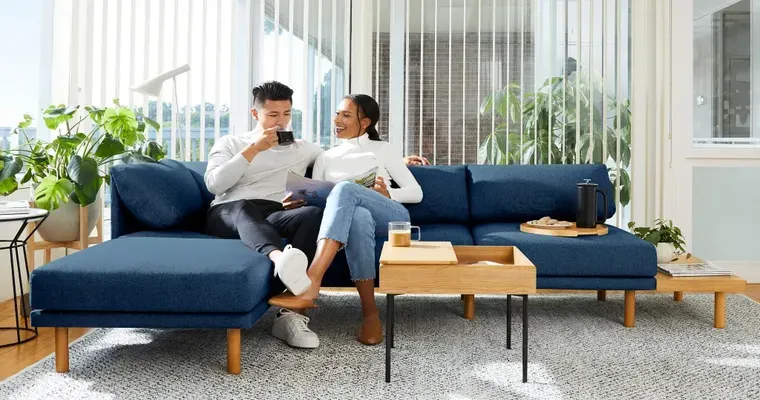As the population ages, the need for effective "equipment and products for aging in place" has become increasingly important. Many seniors prefer to stay in their own homes rather than move to assisted living facilities, and the right tools can make this possible. By incorporating "mobility aids", "home modifications", and "assistive technologies", older adults can maintain their independence and improve their quality of life.
One of the primary considerations for aging in place is "mobility". "Mobility aids" such as canes, walkers, and wheelchairs can provide the necessary support for seniors as they move around their homes. Additionally, installing ramps and grab bars can significantly reduce the risk of falls, which are a leading cause of injury among older adults.
Home modifications play a crucial role in creating a safe and accessible living environment. Simple changes like widening doorways and installing non-slip flooring can enhance safety. Moreover, "smart home technology" can be integrated into the living space to simplify daily tasks. For example, smart lighting systems can be controlled remotely, allowing seniors to manage their environment without having to navigate through dark spaces.
"Assistive devices" also contribute to a more comfortable lifestyle for seniors. Products such as hearing aids and magnifying glasses can enhance sensory experiences, enabling seniors to engage more fully with their surroundings. Furthermore, "personal emergency response systems (PERS)" provide peace of mind, allowing seniors to summon help at the push of a button in case of an emergency.
In addition to physical products, there are numerous "health monitoring devices" available that can help seniors manage their well-being. Wearable technology, like fitness trackers, can encourage physical activity and monitor vital signs. Telehealth services can also be a valuable resource, offering remote medical consultations and reducing the need for travel.
Finally, it is essential to consider the role of "social engagement" in aging in place. Products and services that promote connection with family and friends, such as user-friendly tablets or social platforms, can help combat loneliness and isolation, which are common challenges faced by seniors.
In conclusion, investing in the right "equipment and products for aging in place" can significantly enhance the quality of life for older adults. By focusing on mobility, safety, technology, health monitoring, and social engagement, seniors can enjoy their independence while living comfortably in their own homes.





